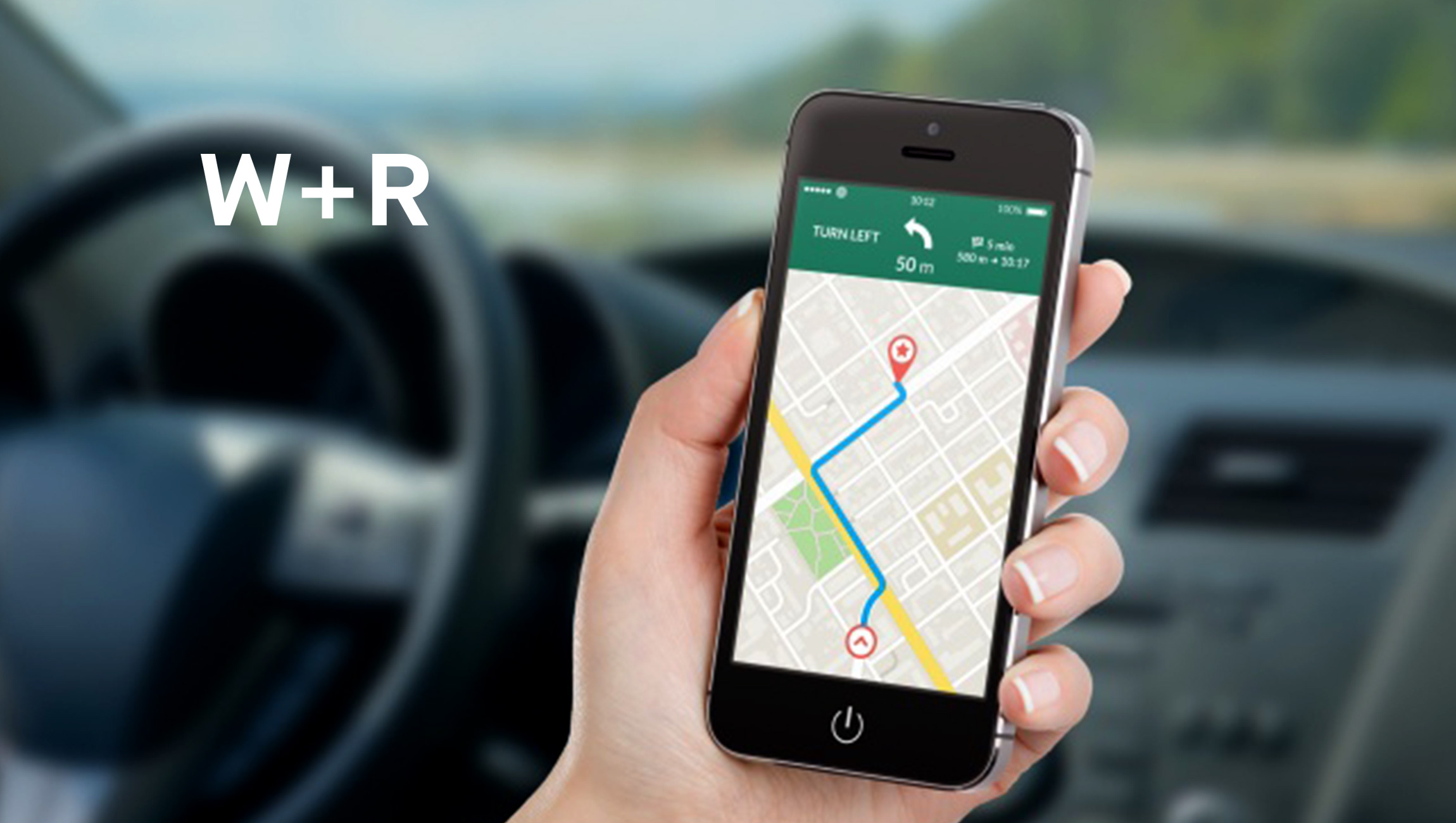 In an age of smartphones, push notifications, chatbots and near-constant digital disruption, it is no longer revolutionary for brands to leverage multiple online and offline touchpoints in their campaigns. In fact, consumers expect this. Because of customers’ changing expectations and increasing savviness, an “integrated” approach that simply ticks the boxes for online and offline channels is no longer enough to fully engage a desired audience, especially those in Southeast Asia, who are more likely to be on mobile platforms than others and expect the same seamless experience, wherever, whenever.
In an age of smartphones, push notifications, chatbots and near-constant digital disruption, it is no longer revolutionary for brands to leverage multiple online and offline touchpoints in their campaigns. In fact, consumers expect this. Because of customers’ changing expectations and increasing savviness, an “integrated” approach that simply ticks the boxes for online and offline channels is no longer enough to fully engage a desired audience, especially those in Southeast Asia, who are more likely to be on mobile platforms than others and expect the same seamless experience, wherever, whenever.
Indeed, nearly a third of Southeast Asian businesses polled in a Resulticks-commissioned Econsultancy survey said they already take an integrated approach to customer engagement across different Marketing channels. But to deliver a consistent Omnichannel experience that reaches customers more effectively, Marketing teams must incorporate Omnichannel strategies that will serve customers’ needs no matter which channel they are using – and that will scale and evolve along with customers’ needs and expectations.
To do this, it’s vital for companies to focus on the customer journey, to leverage customer data to achieve a 360-degree customer view that allows for the creation of deeper customer Personalization and to incorporate real-time Marketing capabilities.
This type of integrated approach involves a wide variety of channels including websites, apps, social media platforms, e-commerce outlets, and brick-and-mortar stores. Omnichannel campaigns developed using this approach ensure that whether customers shop in-app, on a website, or at a physical location, their experiences are not only seamless but personalized.
Here’s an example of how it can work. A customer who once purchased a book by a specific author receives a push notification that the author’s new book has been published. The customer then heads to the bookstore to make the purchase but finds that the book is already out of stock. A staff member can then look up the customer’s account information, order the book, accept payment in-store, and then ship the book to the customer’s home. After this successful interaction and purchase, the customer will receive a follow-up email requesting a book review and providing recommendations of books like-minded customers have enjoyed.
Read more: Loyalty Programs in an Omnichannel World
While retailers have adopted Omnichannel strategies most visibly, other industries have also implemented Omnichannel with considerable success. For example, a recent McKinsey & Company survey found that banks have achieved much success with Omnichannel strategies and that while 80 percent of all customer touchpoints are digital, 75 percent of Sales occur offline. This underscores the importance of an integrated approach – one that engages customers online and translates that digital engagement into deeper interactions and Sales offline, or vice versa – and how it’s necessary for different business sectors to use insights from customer data to find how best to use an Omnichannel strategy for their audiences.
However, before turning insights into seamless customer experiences, a business first needs to ensure it has the necessary customer data, flexibility across channels and technological platforms in place. At this point, many businesses begin to struggle.
Indeed, our survey found that though the vast majority of those businesses excelling in Omnichannel have a consolidated customer database, a significant number of businesses that struggle utilize disparate databases. This makes delivering a consistent, high-level customer experience much more difficult.
In addition, nearly 60 percent of respondents in our survey expressed frustration with the software platforms they use to orchestrate their multichannel campaigns. This underscores the need for businesses to carefully consider whether or not the platform they choose can satisfy their campaign needs and business goals. If critical functionalities are missing, marketers will find themselves slowed down by cumbersome campaigns and unable to execute the kind of experiences customers demand today.
The considerations surrounding the benefits and challenges that come with adopting Omnichannel beg the question of if brands should jump head-first into a more sophisticated integrated approach immediately. Because doing too much too soon has its own risks, brands should first assess their present customer data capabilities and work from there to fill any gaps that may be hindering their Omnichannel Marketing journey.
This may seem unnecessary, especially to companies with legacy software and processes that have yet to cause any major customer experience issues. That will change as consumers become less and less patient with brands unable to deliver on Omnichannel journeys. To keep their customers delighted, brands need to employ an Omnichannel strategy—and acquire the tools to support it.
If Omnichannel is an entirely new Marketing arena for your business, take it slow, and implement aspects of this integrated approach one step at a time. For those still in need of optimizing their integrated approach, assess your customer data and capacity to deploy campaigns across channels. Doing so will help you identify your Omnichannel gaps and focus your improvement efforts.
With a well-planned and well-managed Omnichannel strategy, businesses will be able to not just meet, but exceed, customer expectations.
Read more: Importance of Creating a Frictionless Customer Experience to Reduce Customer Churn











